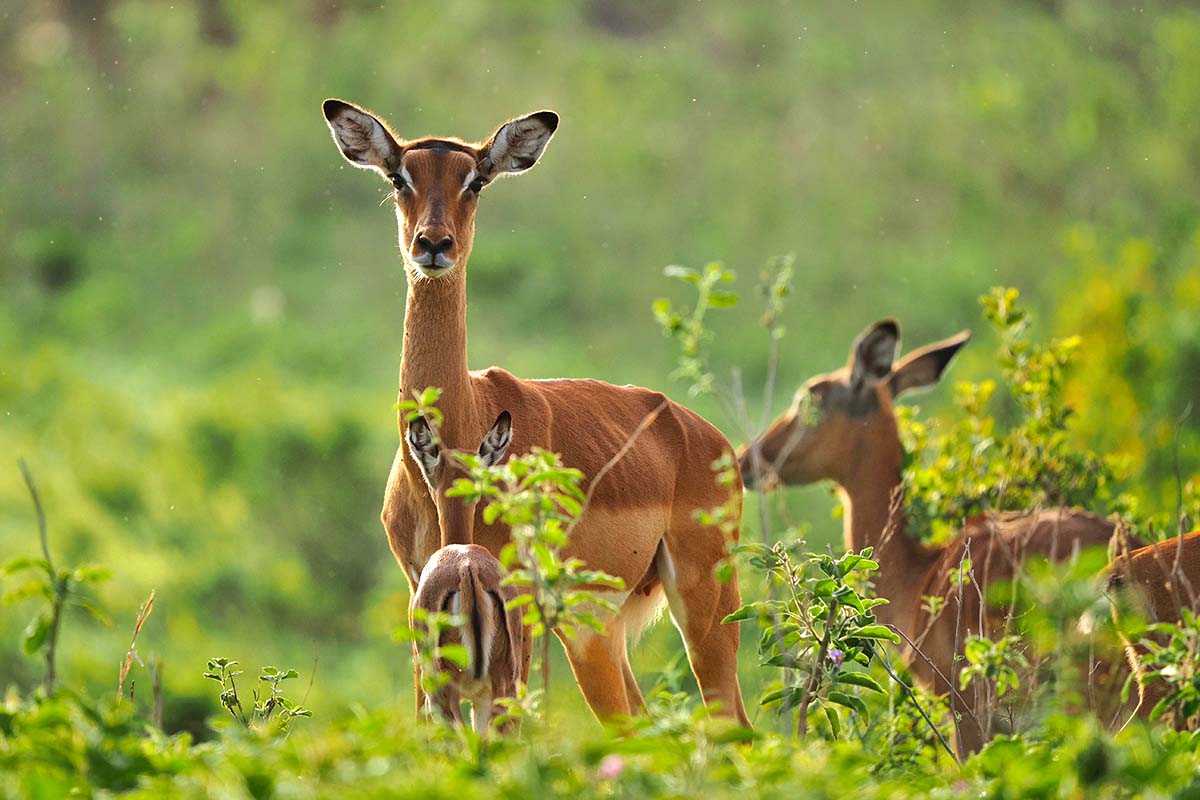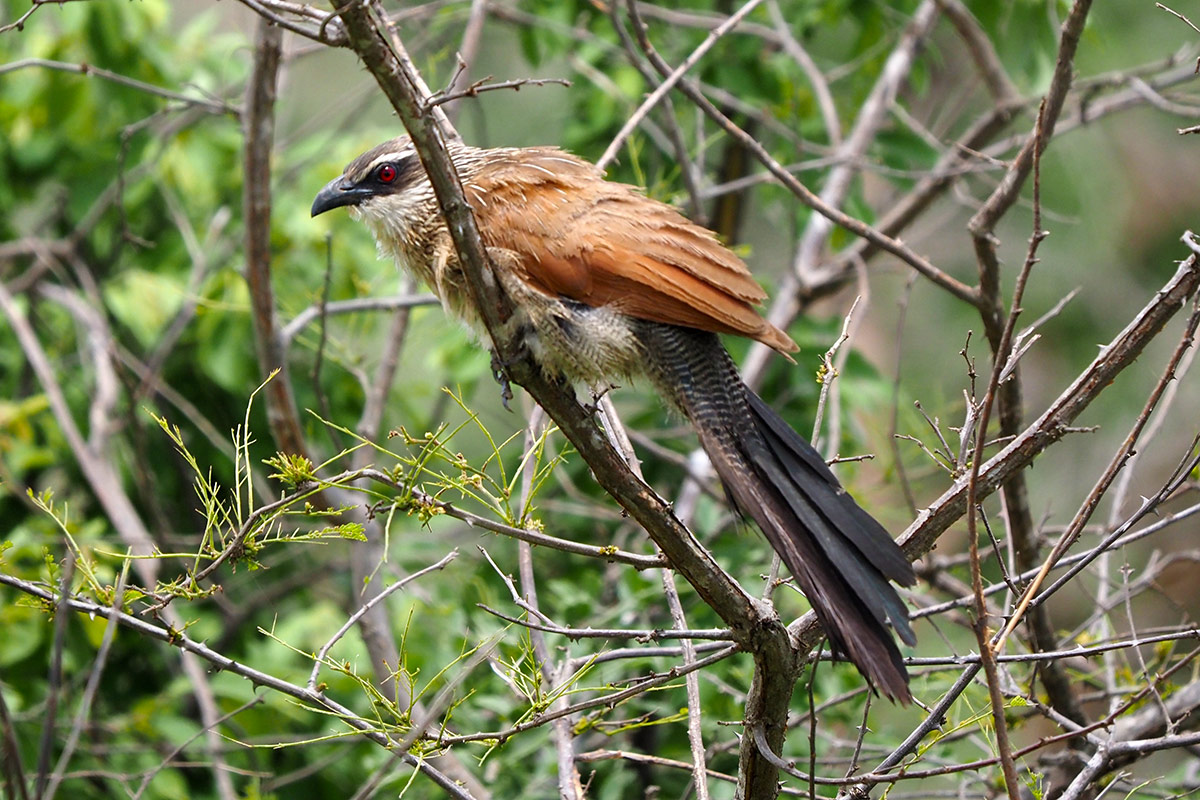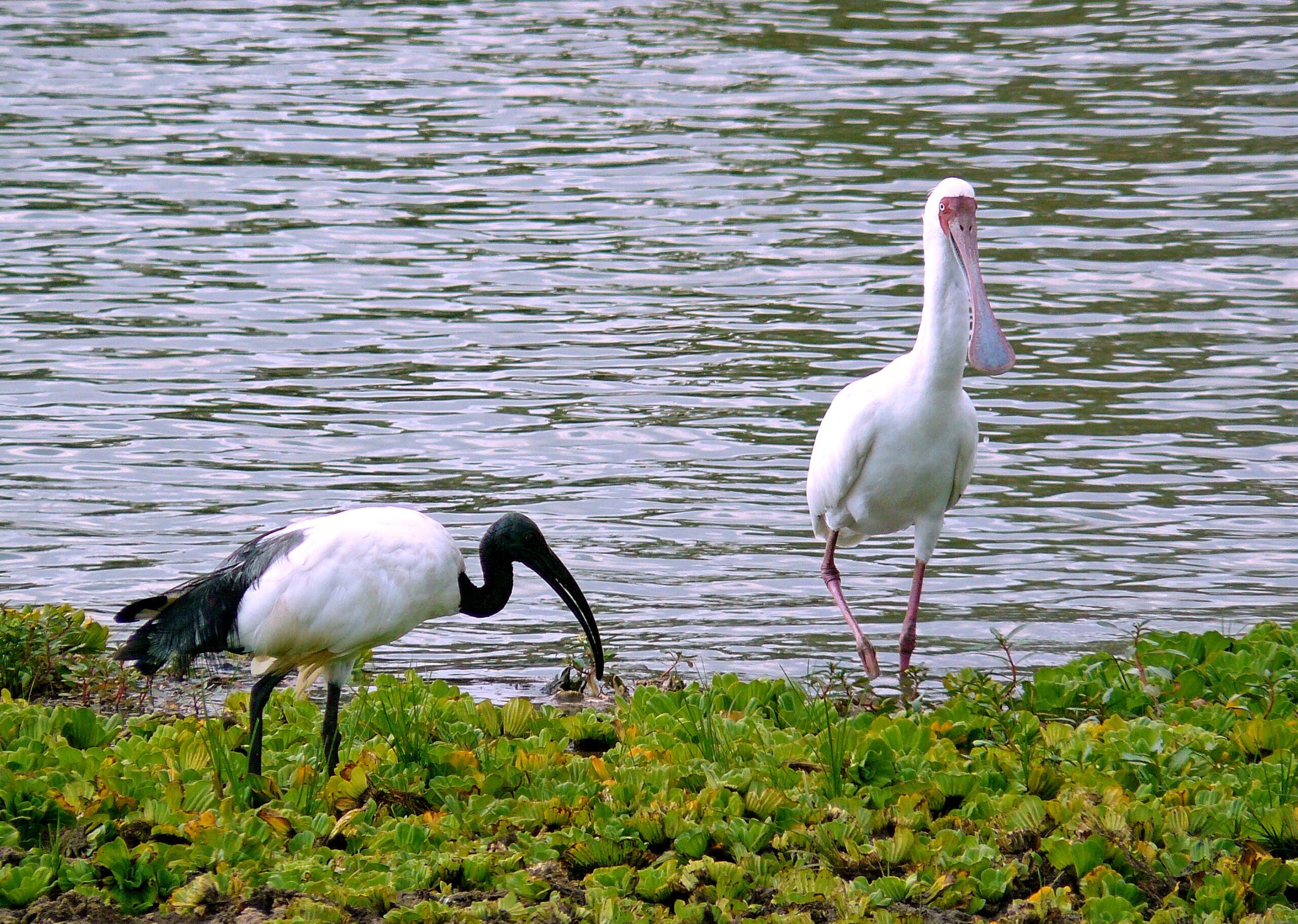Mkomazi National Park
Set below the verdant slopes of the spectacular Usambara and Pare Eastern Arc Mountain ranges and overseen by iconic snowcapped peak of Kilimanjaro, Mkomazi, a virgin breathtaking beauty exhibiting unique natural treasures and immense sense of space, adds to the fulfillment of the visitor’s expectations. Visitors are now welcome to discover the treasures of this wedge of hilly semi–arid savannah, home to large herds of giraffe, eland, hartebeest, zebra, buffalo and elephant.
Mkomazi is also a vital refuge for two highly endangered species, the charismatic black rhino and sociable African painted wild dog, both of which were successfully reintroduced in the 1990’s. Nomadic by nature, the African painted wild dog might be seen almost anywhere in the park, but black rhino are restricted to a fenced sanctuary, ensuring their safe keeping until they are relocated to other parks.
Mkomazi also supports several specialist species that are rare elsewhere in Tanzania; these include the spectacular fringe–eared oryx, with its long back-sweeping horns, and the handsome spiral–horned lesser kudu. Oddest of all is the gerenuk, a gazelle distinguished by its slender neck which has a habit of standing on its hind legs stretching out for acacia leaves that other browsers cannot reach.
Saadani National Park
Saadani National Park is the only wildlife sanctuary in Tanzania bordering the Indian Ocean. Gazetted in 2005, it encompasses a well-preserved ecosystem including the former Saadani game reserve, the former Mkwaja ranch area, the Wami River as well as the Zaraninge Forest.
Many villages are dotted around the boundaries of the park. Saadani village itself was once an important harbour town and slave-trading centre in East Africa. Nowadays it is a small Swahili village of about 800 inhabitants whose livelihood is mostly fishing.
Bird watchers will be treated to rare migratory birds that love the shore.
The coastal vegetation zones ranges from seashore full of palm trees to tidal mangrove forest that form a buffer between ocean and land, to the Wami River shore where the huge sycamore fig is found. Its semi-open woodlands closely resemble the Selous game reserve, while the vast grassy area close to the tourism office is named ‘Serengeti Ndogo’ (Small Serengeti) and lives up to the expectations.
Saadani National Park is a ‘one of a kind’ paradise where beach life meets wilderness. This gives you not only the opportunity to plunge into the Indian Ocean straight after your safari, but also to be submerged in a unique display of both marine and mainland flora and fauna in a naturally fascinating setting.






